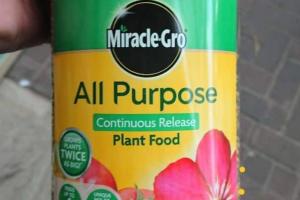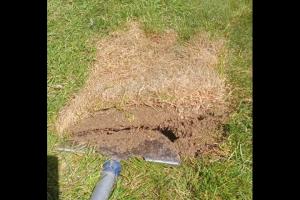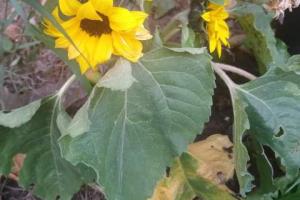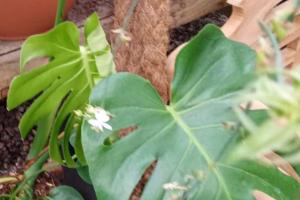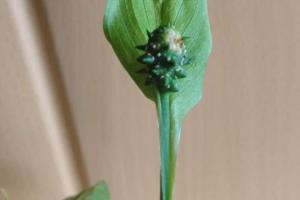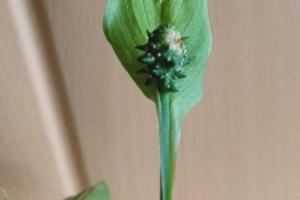What is hard and soft water?

Depending on their composition, there are different types of water.
1 . Hard water
Hard water has a high mineral content, in particular, magnesium and calcium, whereas soft water has a low mineral content.
Water hardness is usually expressed in terms of the equivalent quantity of calcium carbonate and is generically calculated as the sum of the concentration of calcium and magnesium (milligrams) per litre of water.
Thus, hard water is high in dissolved minerals, largely calcium and magnesium, and also a variety of other metals. It is also known as calcareous water. The opposite of hard water is soft water.
When we talk about water hardness, we may define two types of hard water, temporary (consists primarily of calcium and bicarbonate ions) and permanent (consists of high concentrations of anions, like the sulphate anion).
2 . Soft water
Soft water mostly comes from peat or igneous rock sources, such as granite, but it may also come from sandstone sources.
Soft water contains very small amounts of dissolved salts. Expressed in terms of the equivalent quantity of calcium carbonate, it may be defined as water with less than 50 mg per litre.
The characteristics of soft water are:
Extremely low concentration of sodium chloride. Relatively low amount of calcium and magnesium ions.


